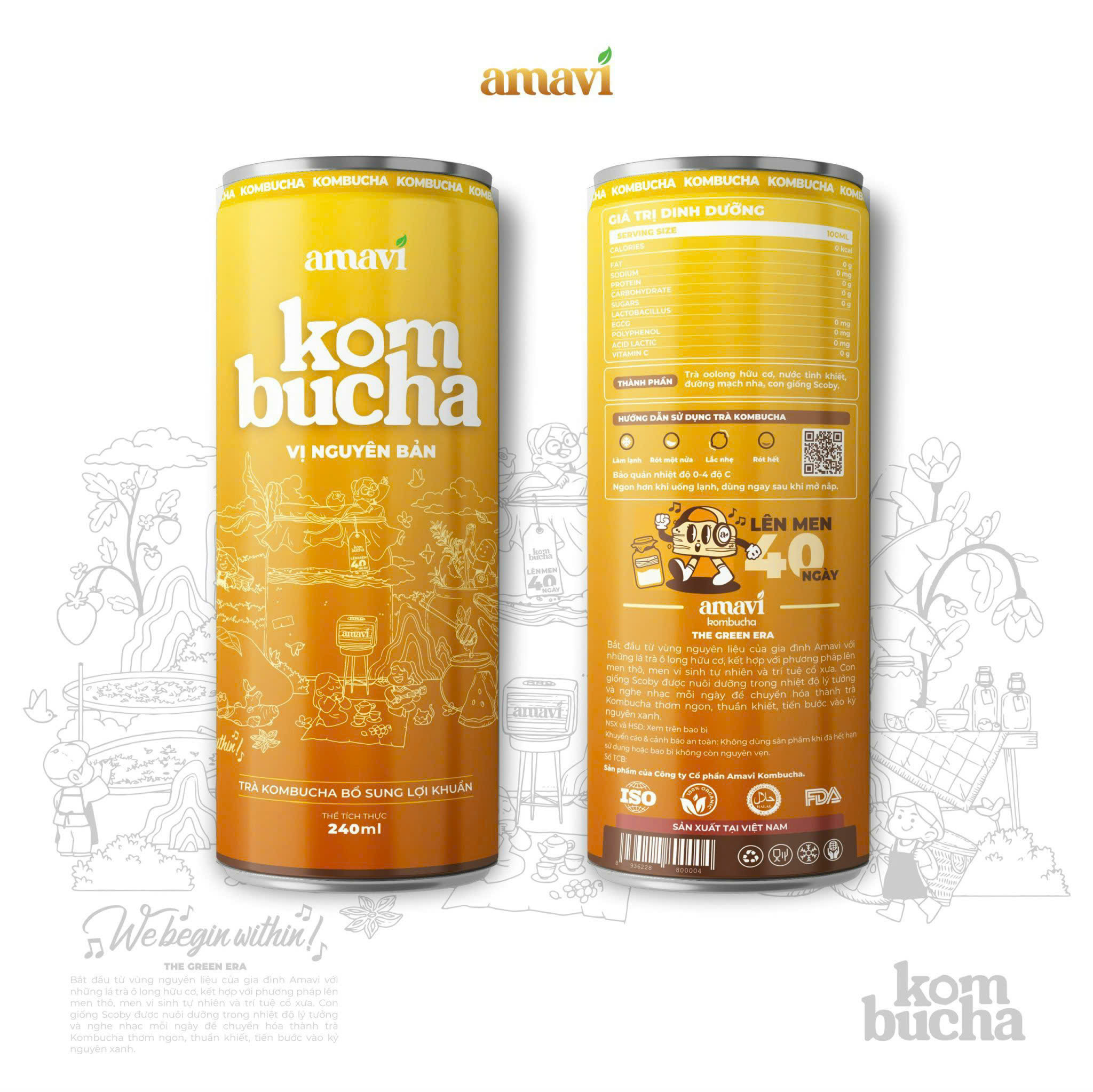Brewing kombucha at home can be a rewarding experience, but it comes with its own set of challenges. Here’s a comprehensive guide to help you troubleshoot common kombucha brewing issues and ensure a successful brew every time.
If you see mold appear as fuzzy spots in white, green, black, or blue on the surface of the SCOBY, discard the entire batch, including the SCOBY. Clean all equipment thoroughly with hot water and vinegar before starting a new batch. Ensure your brewing environment is clean and avoid using metal utensils.
If the kombucha is not fermenting or is fermenting very slowly, check the temperature of your brewing environment. Kombucha ferments best between 75-85°F (24-29°C). If it’s too cold, consider using a heating mat. Also, ensure your starter tea is strong enough and your SCOBY is healthy.
If the kombucha tastes too sour or vinegary, just reduce the fermentation time. Taste your kombucha starting on day 7 and every day after until it reaches your desired flavor. You can also dilute overly sour kombucha with fresh tea or use it as a vinegar substitute.
When you see the kombucha lacks carbonation, ensure that you are using airtight bottles for the second fermentation. Add a small amount of sugar, fruit juice, or fresh fruit to each bottle to feed the yeast. Store the bottles at room temperature for 3-7 days before refrigerating.
If you see the brown, stringy yeast strands in the kombucha, don't worry, this is normal and indicates healthy yeast activity. You can strain these out before bottling if you prefer a clearer drink.
When you find that the SCOBY is thin or not forming properly. Ensuring you are using enough starter tea and that it is strong. Use black or green tea and avoid flavored teas that can inhibit SCOBY growth and maintain a consistent brewing temperature.
If the kombucha has an off taste, such as metallic or soapy, please avoid using metal utensils and containers, as they can react with the acidic kombucha. Ensure all equipment is thoroughly cleaned and rinsed. Also, use filtered water to avoid chlorine and other contaminants.
If the kombucha is not sweet or has a weak flavor, increase the amount of sugar in your initial brew. Ensure you are using the correct ratio of tea, sugar, and water. Don't forget to taste your kombucha regularly to find the perfect balance.
By addressing these common issues, you can enjoy a consistent and delicious kombucha brewing experience. Happy brewing!
